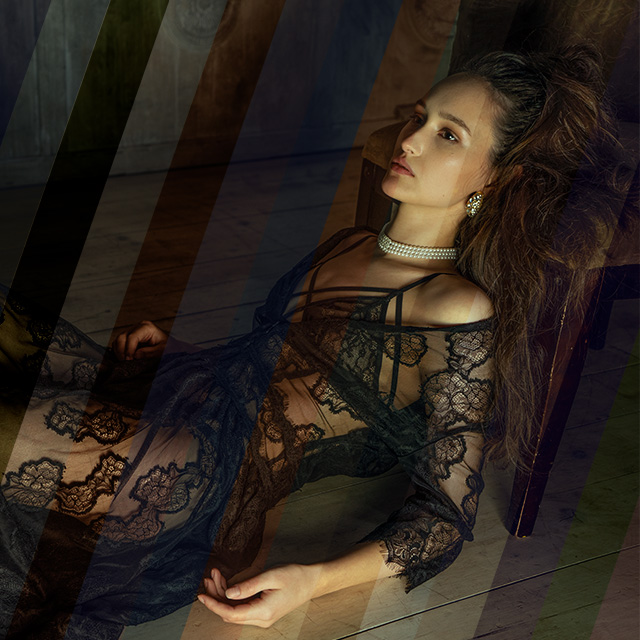Make Your Filters universal.
Archive your favourite looks as Colour Lookup Tables. This way, your filters are not tied to a specific software or plugin.
Upload your filtered Hald here...
FAQ
How do I use this?
If you don't have a neutral Hald image to use, click on the Download Hald button and use that as a base for your filters. Once you applied your changes to the Hald image, save it as a .png file and upload it here. After that, click on the Get Your LUT button to download your .cube LUT.
What is a LUT?
LUT stands for Look Up Table. To simply put, it is a dictionary that translates input colours to specified output colours. LUTs are used to apply colour filters to still or moving images. Thanks to their widespread adoption, LUTs are supported by most image and video editing software without having to convert them to a specific format.
What is a Hald?
A Hald is a specific type of LUT that uses an image to store colour information. Each pixel in a Hald lookup-table represents an output RGB colour, the position of the pixel represents the input or source colour.
Hald represents a 3D cube by storing slices of the cube to flatten it into a 2D image. Here, we use a 64x64x64 cube, which results in a 512x512 image.
How do I use a LUT?
Most image editing software supports LUTs. You can apply a LUT to an image by importing it into your software and applying it to your image. The LUT will apply the colour filter to your image.
In Photoshop, you create a new Color Lookup adjustment layer, then in its properties panel click on the Load 3D LUT... dropdown and click on the same option again.
Privacy Policy?
This converter runs entirely in your browser. No data is sent to any server. The conversion is done by the JavaScript runtime running on your device. You can check out the source code on github.


